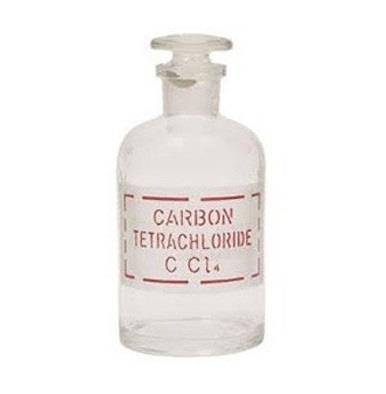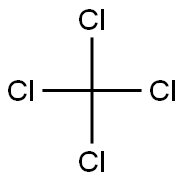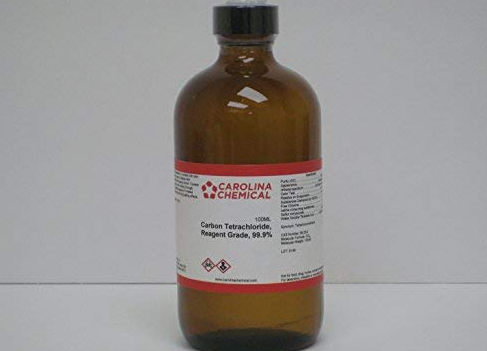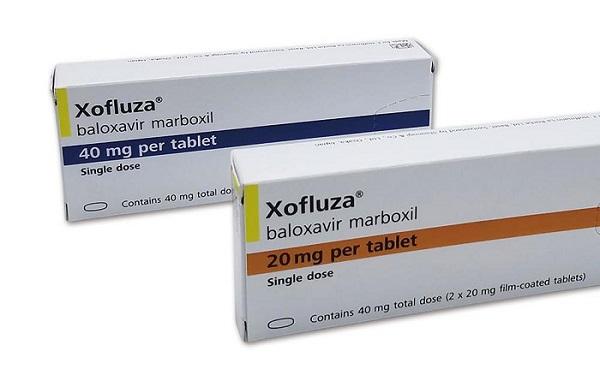Use of Carbon tetrachloride
Carbon tetrachloride is a manufactured chemical and does not occur naturally in the environment. It is produced by chlorination of a variety of low molecular weight hydrocarbons such as carbon disulfide, methane, ethane, propane, or ethylene dichloride and also by thermal chlorination of methyl chloride. Carbon tetrachloride is a precursor for chlorofluorocarbon (CFC) gases that have been used as aerosol propellant. A decrease in this use is occurring due to the agreement reached in the Montreal Protocol for the reduction of environmental concentrations of ozone-depleting chemicals, including carbon tetrachloride.

Use
The main use of carbon tetrachloride has been in CFCs production. However, since the mid-1970s this use started to decrease in order to reduce the harm that many refrigerant fluids and aerosol propellants produce on the ozone layer. It has been used as a solvent for fats, oils, waxes, lacquers, and resins, as a fire extinguisher, as a degreasing agent in industry and dry cleaning establishments, and as a spot remover in household. Until 1986, carbon tetrachloride was used as a pesticide to eliminate insects in grain. Carbon tetrachloride has been used in medicine: administered orally for the treatment of intestinal worms and as an anesthetic. Currently, due to its toxic effects the uses are limited to as solvent and intermediate chemical under controlled conditions and for laboratory and analytical uses.
Environmental Fate
Most of the carbon tetrachloride produced is released to the atmosphere. In the atmosphere, photodegradation by shorter wavelength ultraviolet radiation appears to be the primary removal process although it is very stable in the environment remaining in the air for several years before breaking down, so a significant global transport is expected. The estimated half-life of atmospheric carbon tetrachloride is 30–100 years. Small amounts can be released to the water but due to the relatively high rate of volatilization from water, carbon tetrachloride tends to evaporate in a short time. It is stable to hydrolysis in water. Most of the amount released to soil evaporates rapidly due to its high vapor pressure but a small proportion could remain associated to the soil organic matter. Carbon tetrachloride is mobile in most soils depending on the organic carbon content and can reach groundwater where it remains for long periods before it is broken down to other chemicals.
);


